10 of the biggest nuclear energy accomplishments of 2020.
December 31, 20202020 is not a year that many of us are eager to look back on. But despite the challenges that we faced, America has persevered. The COVID-19 pandemic is forcing us to work, socialize and live differently. And, thanks to the creativity, flexibility and determination by so many of our fellow Americans, we have produced some incredible results.
It’s important to celebrate these wins, especially now during these difficult times, to remind us that brighter days are ahead.
That’s why I’m so proud of these 10 accomplishments in 2020 that are setting the stage for, what I believe, could be one of the most important decades ever for the nuclear industry!
1. Advanced Reactor Demonstration Program Teams Selected
Perhaps the biggest achievement by our office was the launch of our Advanced Reactor Demonstration Program (ARDP) in May 2020. ARDP directly supports industry by joining in cost-shared partnerships to demonstrate a variety of promising advanced reactor designs that offer significant improvements over today’s technology. We awarded $210 million through ARDP to 10 U.S. teams to help mature their technologies and demonstrate their reactors within the next 15 years. That includes $160 million in initial funding to test, license and build two advanced reactors that will be operational within seven years of their award.
Demonstrating these advanced reactor designs will help reassert our ability to deploy highly competitive reactors around the globe. These new reactors will create jobs, grow our economy and ultimately provide more access to clean energy than ever before.
2. NRC Approves First U.S. SMR Design
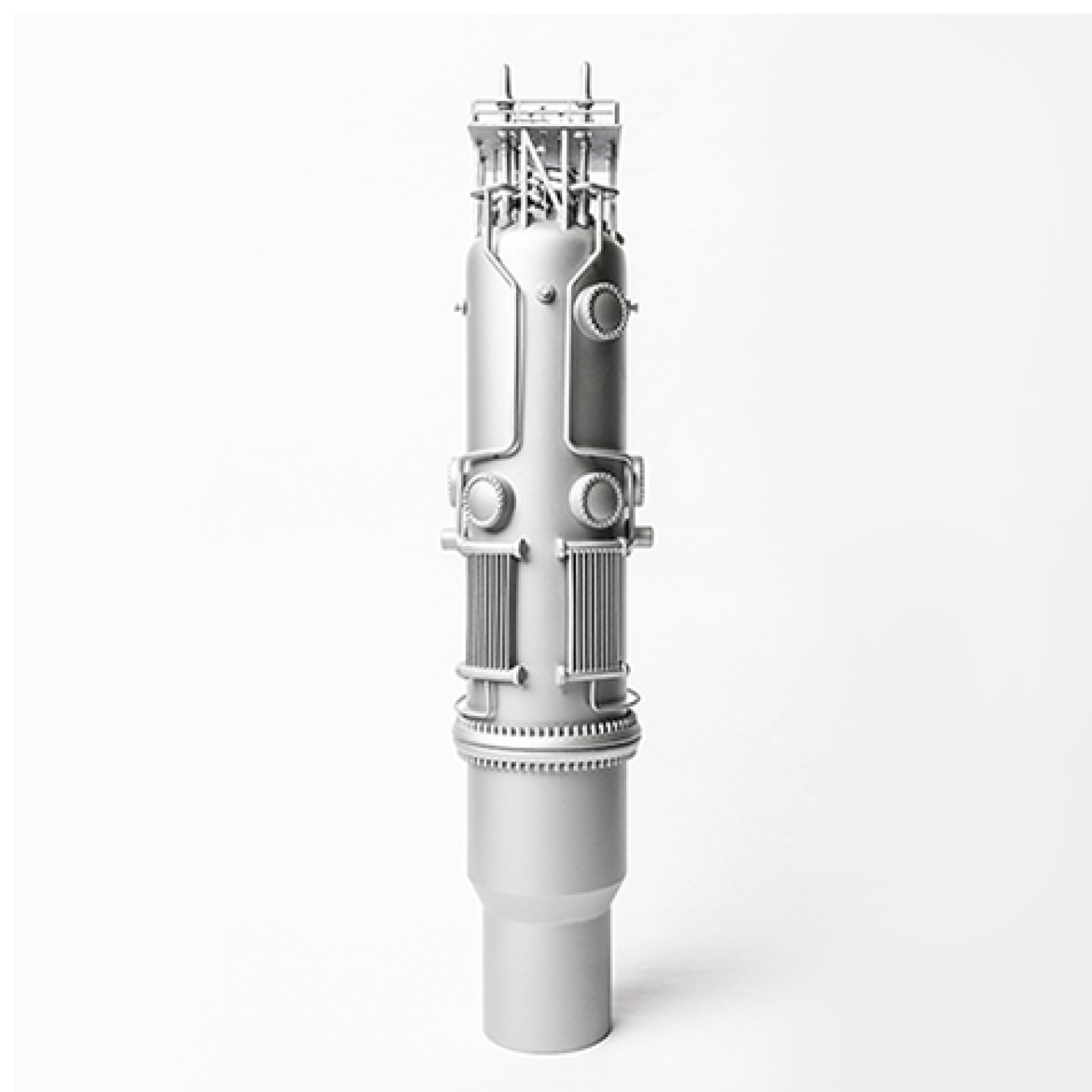
NuScale Power made history this year by becoming the first U.S. small modular reactor design to receive a final safety evaluation report from the Nuclear Regulatory Commission (NRC). This achievement is the direct result of more than $400 million in funding from DOE since 2014 to help develop and deploy SMRs.
DOE also agreed this year to a multi-year cost-share award for the Carbon Free Power Project that could provide up to $1.4 billion to help construct the nation’s first NuScale power plant at Idaho National Laboratory site. The first power module is expected to begin operating by 2029, providing additional carbon-free power to utilities in the region.
3. Versatile Test Reactor Clears CD-1
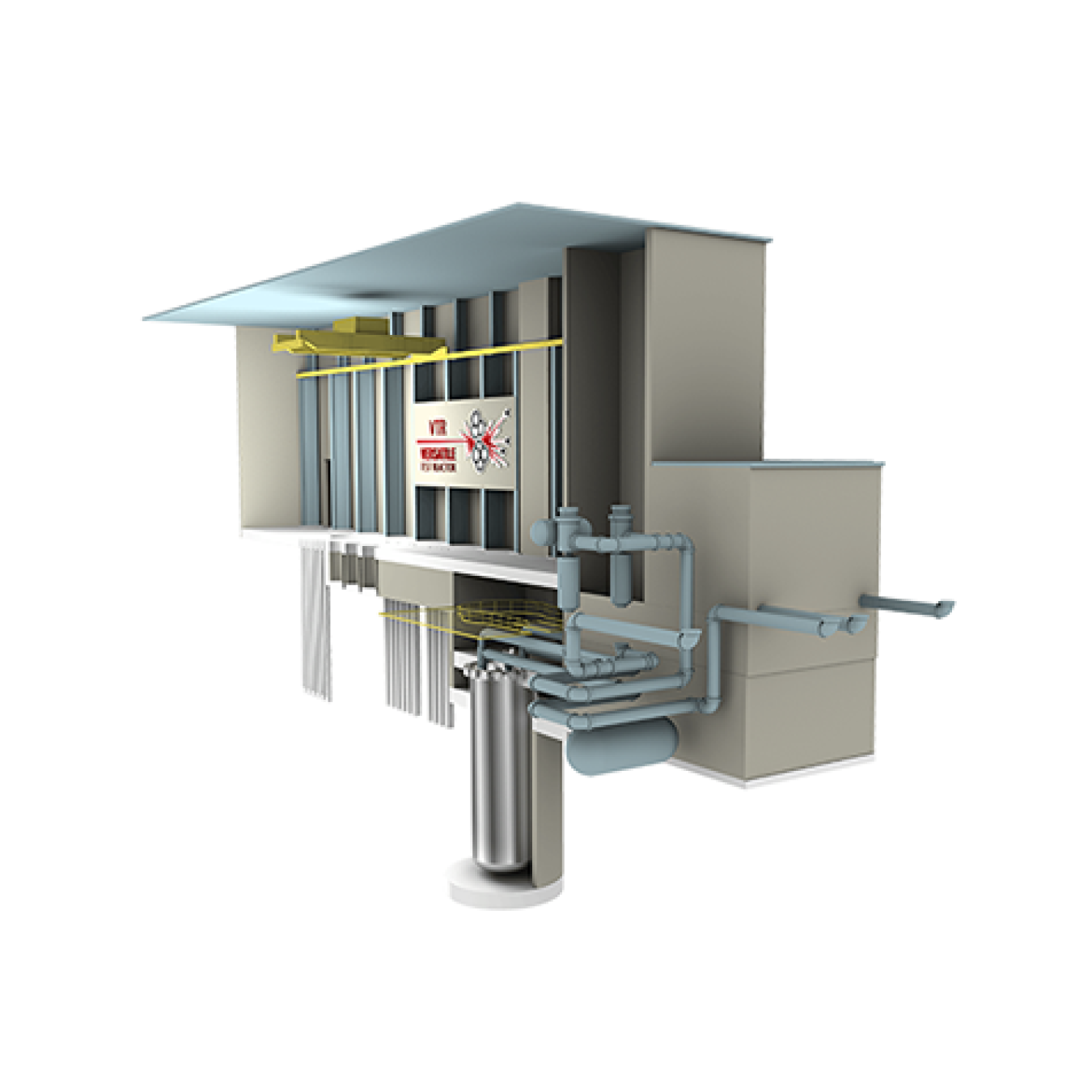
Versatile Test Reactor.
We’re also one step closer to building the nation’s first fast test reactor in more than 20 years. DOE approved Critical Decision 1 for the Versatile Test Reactor (VTR) project, which is the second step of a formal process that DOE uses to manage its infrastructure construction projects.
VTR is a sodium-cooled fast reactor design that will support the research and development of new advanced fuels, materials, sensors and instrumentation. This capability is an absolute MUST HAVE to support the development of new and existing reactor technologies and will accelerate advanced reactor commercial deployment. It also fills a huge void in our nuclear R&D infrastructure that is essential for long-term innovation.
DOE recently published its draft VTR Environmental Impact Statement, which is now open for public comment. Pending completion of the EIS and issuing a Record of Decision, engineering and construction could be completed as early as 2026.
4. Powering Perseverance
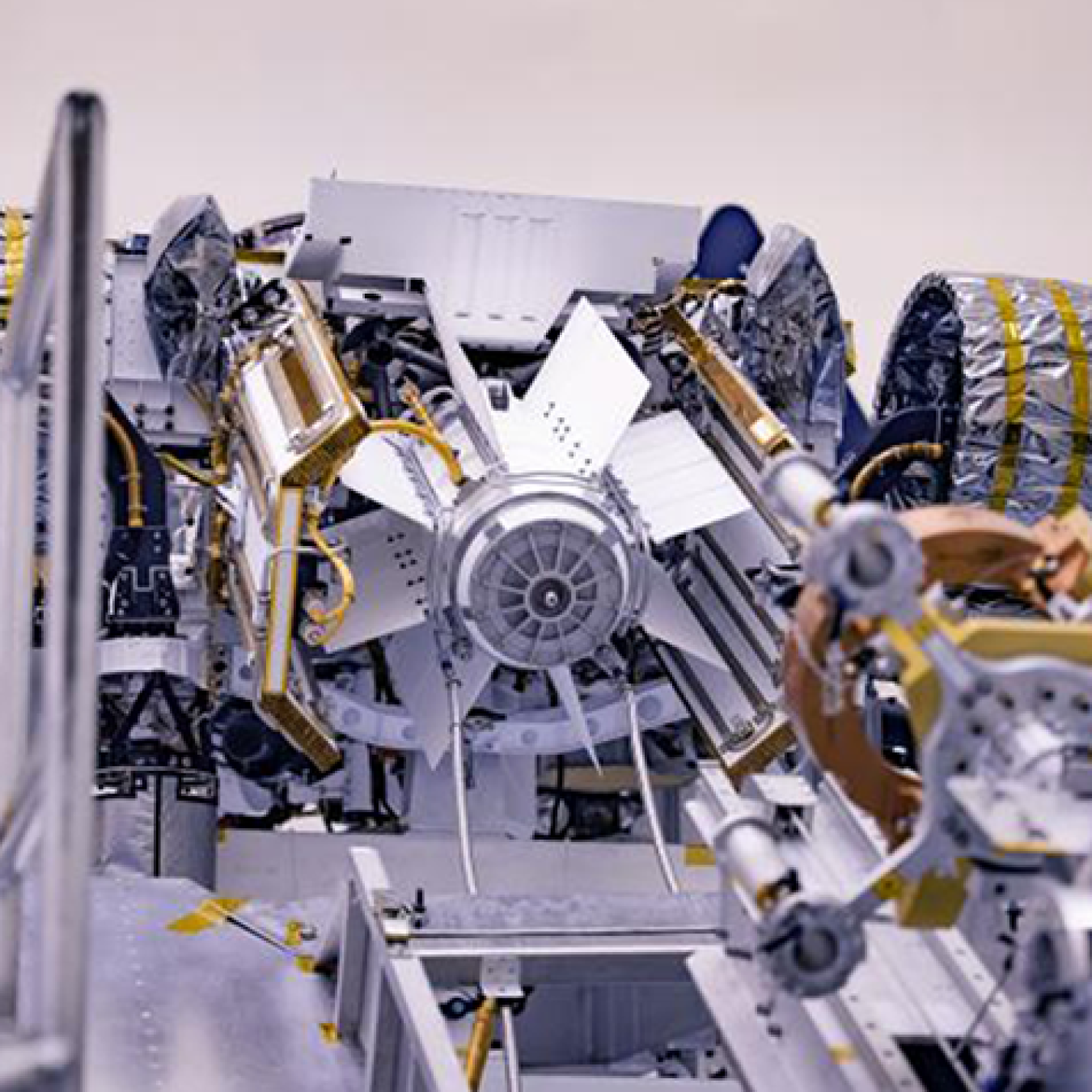
MMRTG for Mars 2020 Perseverance Rover.
It was an absolute honor to witness the launch of the Mars 2020 Perseverance Rover at the Kennedy Space Center on July 30, 2020. NASA’s newest rover is powered by a multi-mission radioisotope thermoelectric generator that was built by our national laboratories. It’s also the first rover to use domestically produced plutonium by our labs in more than 30 years. Perseverance is more than halfway to Mars and is expected to land on February 18, 2021. We are already shifting gears to prepare our next nuclear power system for the Dragonfly rotorcraft lander mission that would explore Saturn’s largest moon, Titan.
Dragonfly is scheduled to launch in 2026.
5. Supporting New Space Applications
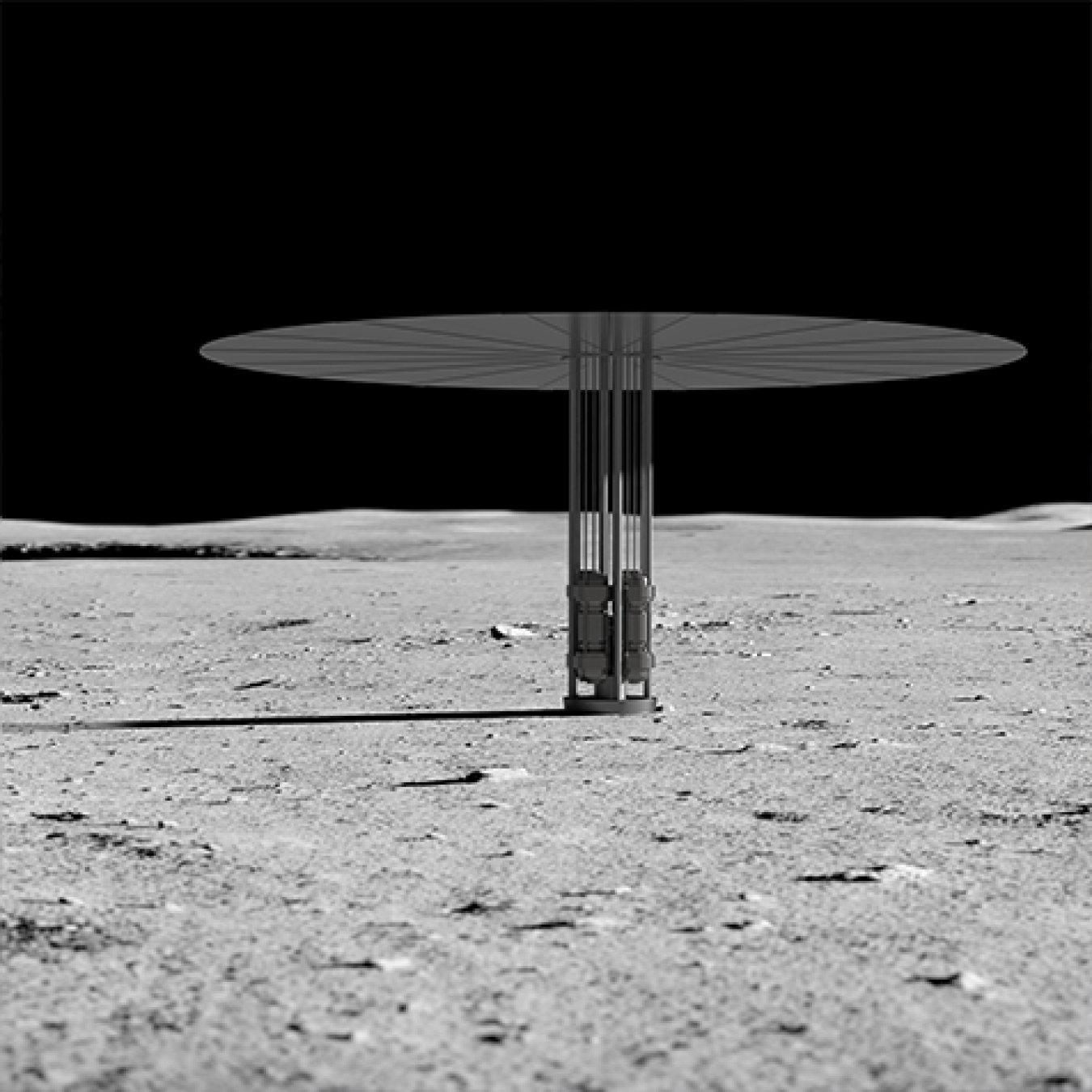
Fission surface power concept.
DOE is broadening its portfolio to support America’s new national strategy for space nuclear power and propulsion systems. We are currently working with NASA to develop a fission surface power system for demonstration on the moon by the late 2020s. The initial demonstration is expected to last for a minimum of one year but the system will be designed for longer operation. This could ultimately lead to extended missions on the Moon, Mars and beyond.
We are also working with NASA to help test, develop and assess the feasibility of using new fuels that require lower uranium enrichment for nuclear thermal propulsion systems. These rockets are more energy dense than chemical rockets and twice as efficient, which could drastically reduce travel times to Mars by up to 25%. Idaho National Laboratory is currently testing fuel composites at its Transient Reactor Test facility to examine how they perform under the harsh temperatures needed for nuclear thermal propulsion.
6. New Alloy Approved for use in High-Temperature Reactors
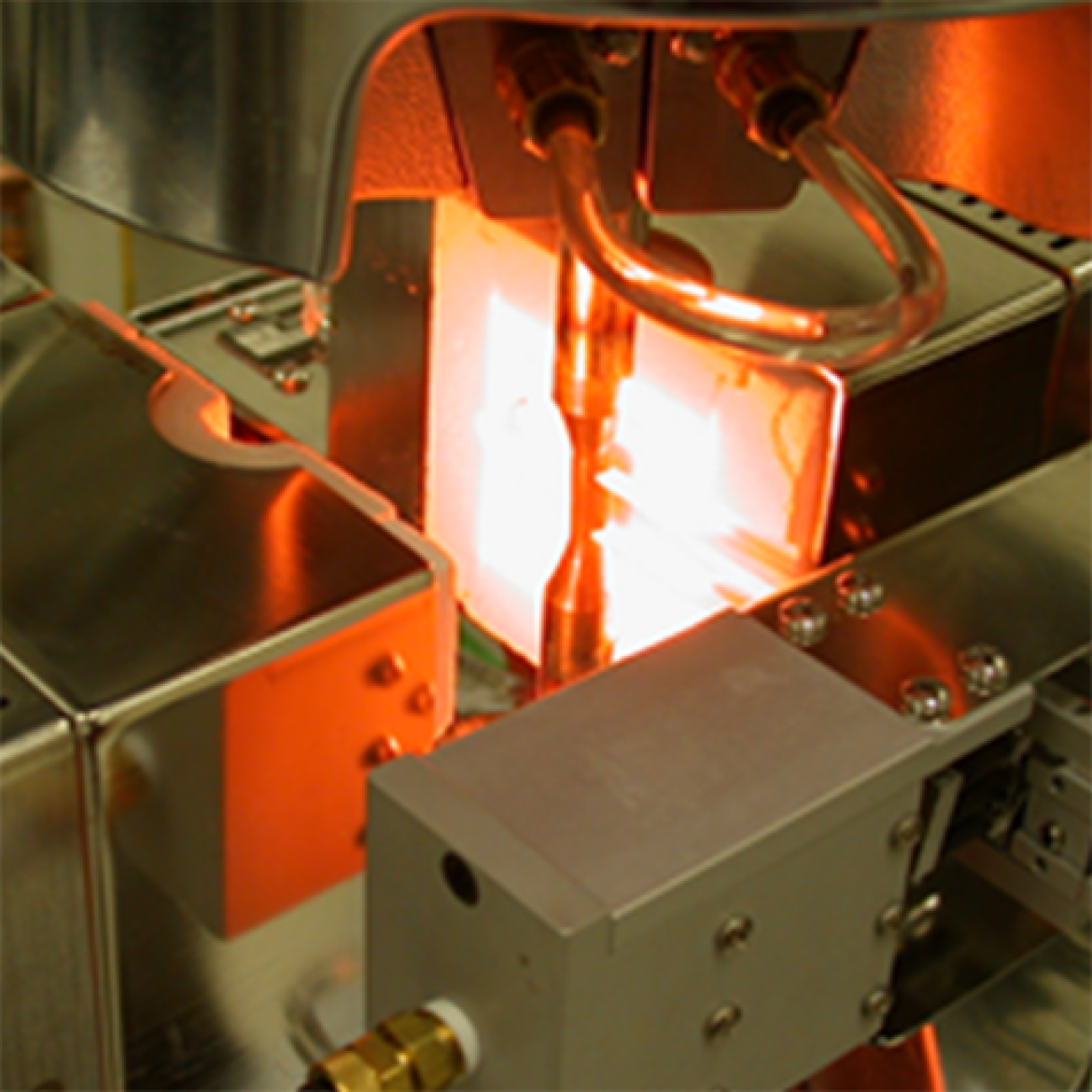
As a materials engineer, this news is extremely exiting to me! Alloy 617 became the first metal in 30 years to be added to the American Society of Mechanical Engineers’ Boiler and Pressure Vessel Code. The nickel, chromium, cobalt and molybdenum combination is just the sixth material cleared for use in high-temperature reactors. The new metal can withstand operating temperatures of 1,750° Fahrenheit—nearly 400 degrees hotter than the next-best material. While it was initially created for high-temperature gas reactors, Alloy 617 can also be applied to molten salt and liquid metal reactor designs. Over a 12-year period, DOE invested $15 million to make the material available in support of the demonstration and deployment of advanced reactor designs.
7. NRC Approves New Approach to Licensing Non-Light Water Reactors
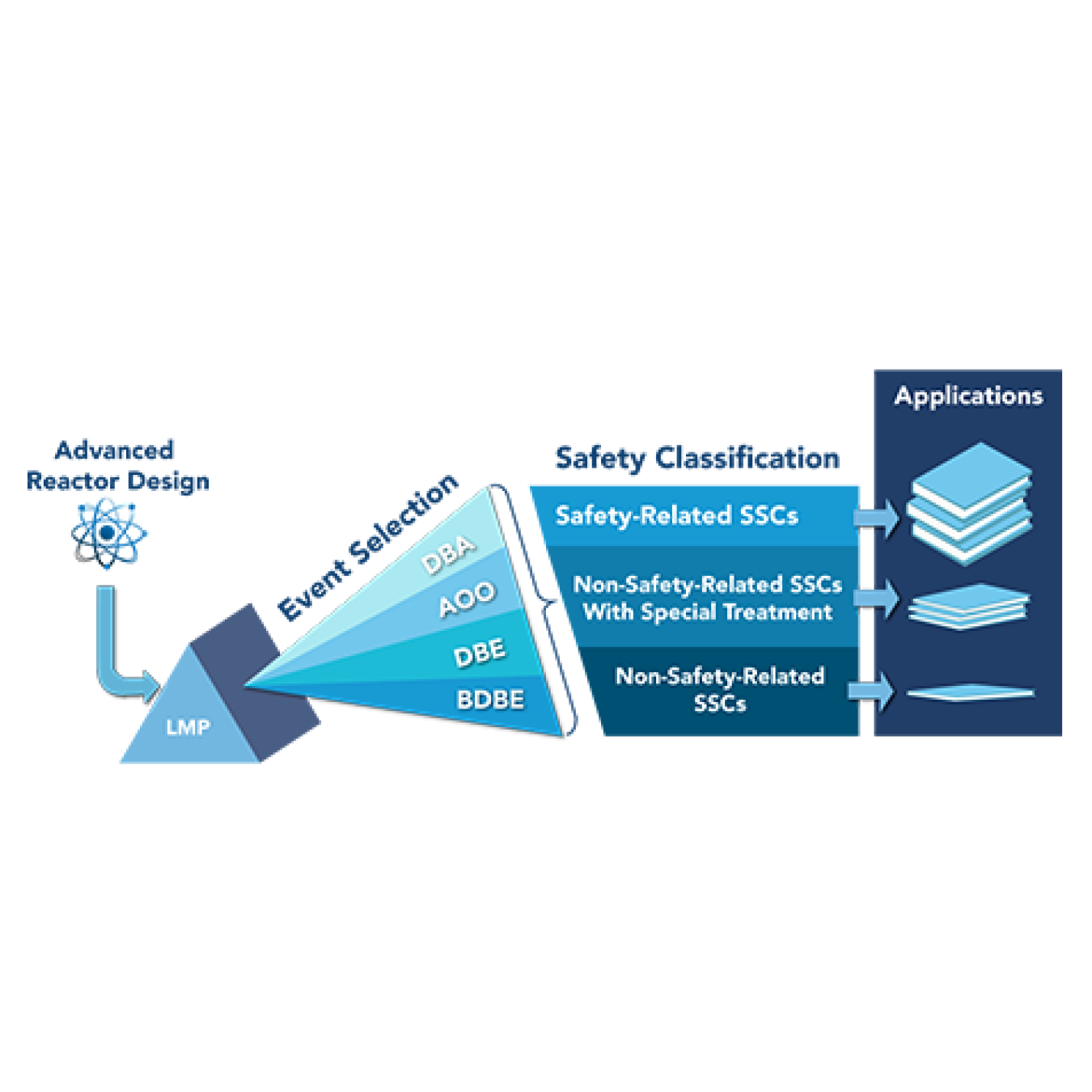
The NRC approved a new approach to licensing non-light water reactor technologies, removing a key regulatory hurdle in deploying advanced reactors. The new guidance focuses on a risk-informed, performance-based review process that considers more realistic scenarios that the developer must account for. The approach is also tailored to the unique aspects of each advanced reactor design, allowing for a clear and consistent review of its safety case. The accomplishment is a result of a four-year licensing modernization project supported by DOE that was coordinated through the Nuclear Energy Institute and led by Southern Company and industry experts.
8. Establishing a Uranium Reserve
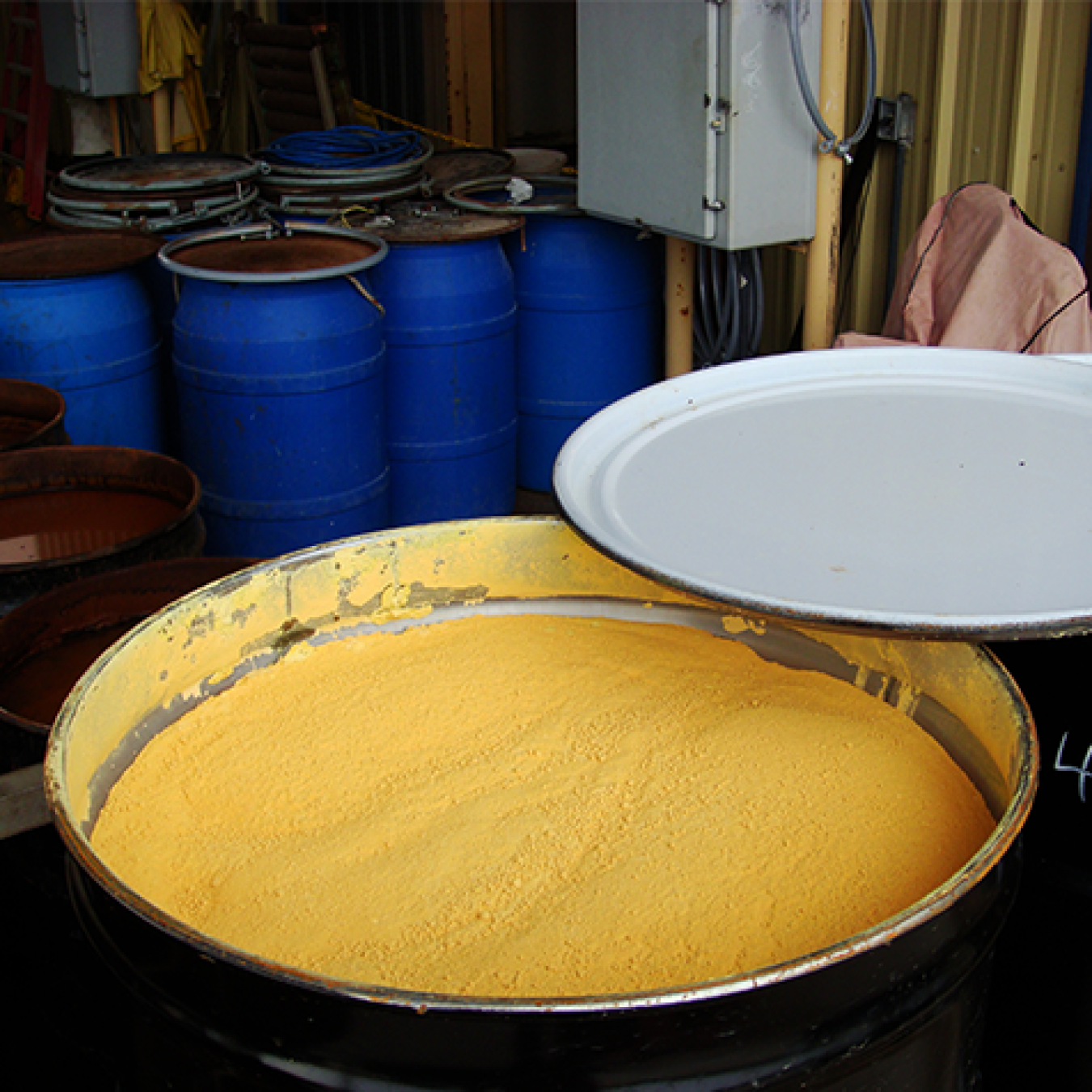
DOE released its strategy for Restoring America’s Competitive Nuclear Energy Advantage on April 23, 2020. An immediate step in this strategy called on the Department to establish a uranium reserve. Under this new program, we will buy uranium directly from domestic mines and contract for uranium conversion services. The new uranium reserve will also ensure a backup supply of uranium for nuclear power operators in the event of a market disruption.
Establishing this reserve helps address near-term challenges to the production and conversion of uranium, including those from state-owned enterprises. It will help de-risk our nuclear fuel supply, create jobs and strengthen our domestic mining and conversion services capabilities, which are crucial to meeting our energy, economic, environmental and national security goals.
9. Demonstrating Hydrogen Production
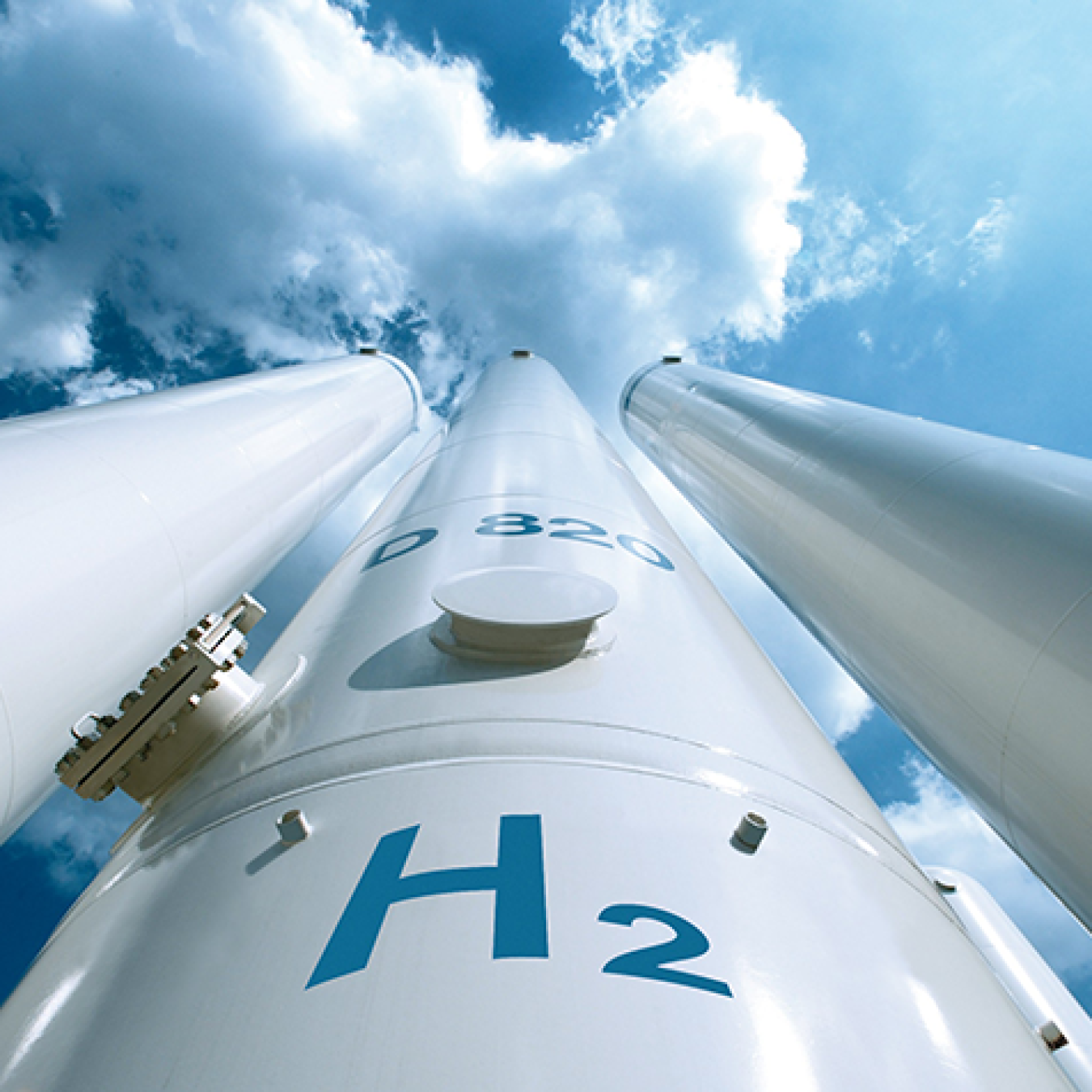
To maximize the potential of our current fleet, we awarded more than $11 million to Xcel Energy this year to demonstrate the production of hydrogen on-site at one of its nuclear power plants in Minnesota. This hybrid energy system will demonstrate the use of high-temperature electrolysis to produce hydrogen while also maintaining normal operations at the power plant. It’s one of three electrolysis demonstration projects that DOE is supporting at existing U.S. reactors. It could also open up new markets for the industry by selling hydrogen regionally to produce a variety of products ranging from fertilizers to synthetic fuels.
10. Accident Tolerant Fuel Testing

Global Nuclear Fuel accident tolerant fuel experiments delivered to ORNL.
Our Accident Tolerant Fuel (ATF) program hit another big milestone in November 2020 with the successful delivery of two irradiated ATF fuel experiments to Oak Ridge National Laboratory. The fuel concepts were developed by GE’s Global Nuclear Fuel and are the first ATF fuels to be tested and removed from a commercial reactor. The lab will perform additional testing on the test samples over the next year to gather the necessary data that’s needed to qualify the fuel technologies with the NRC. Westinghouse and Framatome are also testing fuels in commercial reactors. All three fuel vendors are on track to have their accident tolerant fuels ready for batch loading by the mid-2020s.
As we say goodbye (and perhaps good riddance) to 2020, let’s celebrate these wins and build upon them in 2021. I have a feeling it’s going to be another big year for nuclear!



